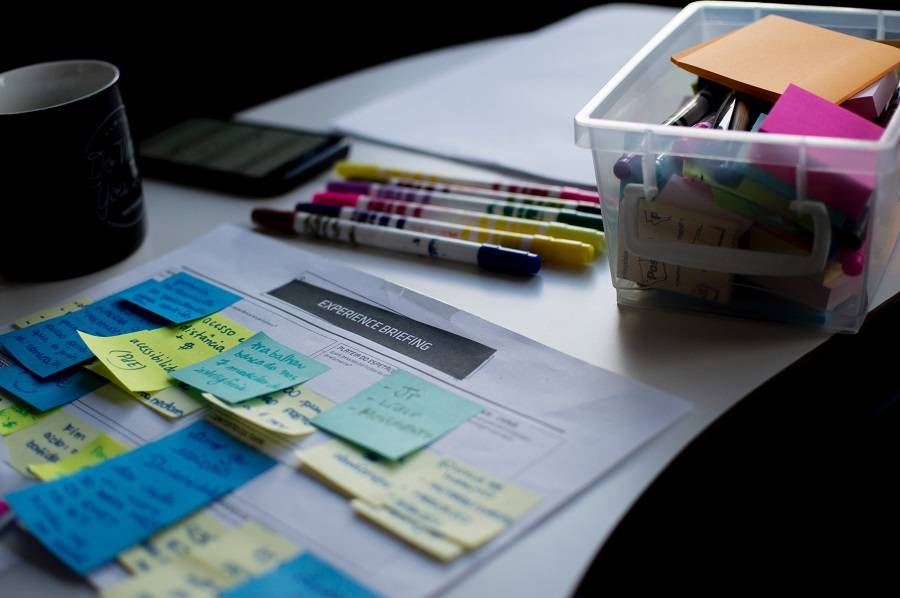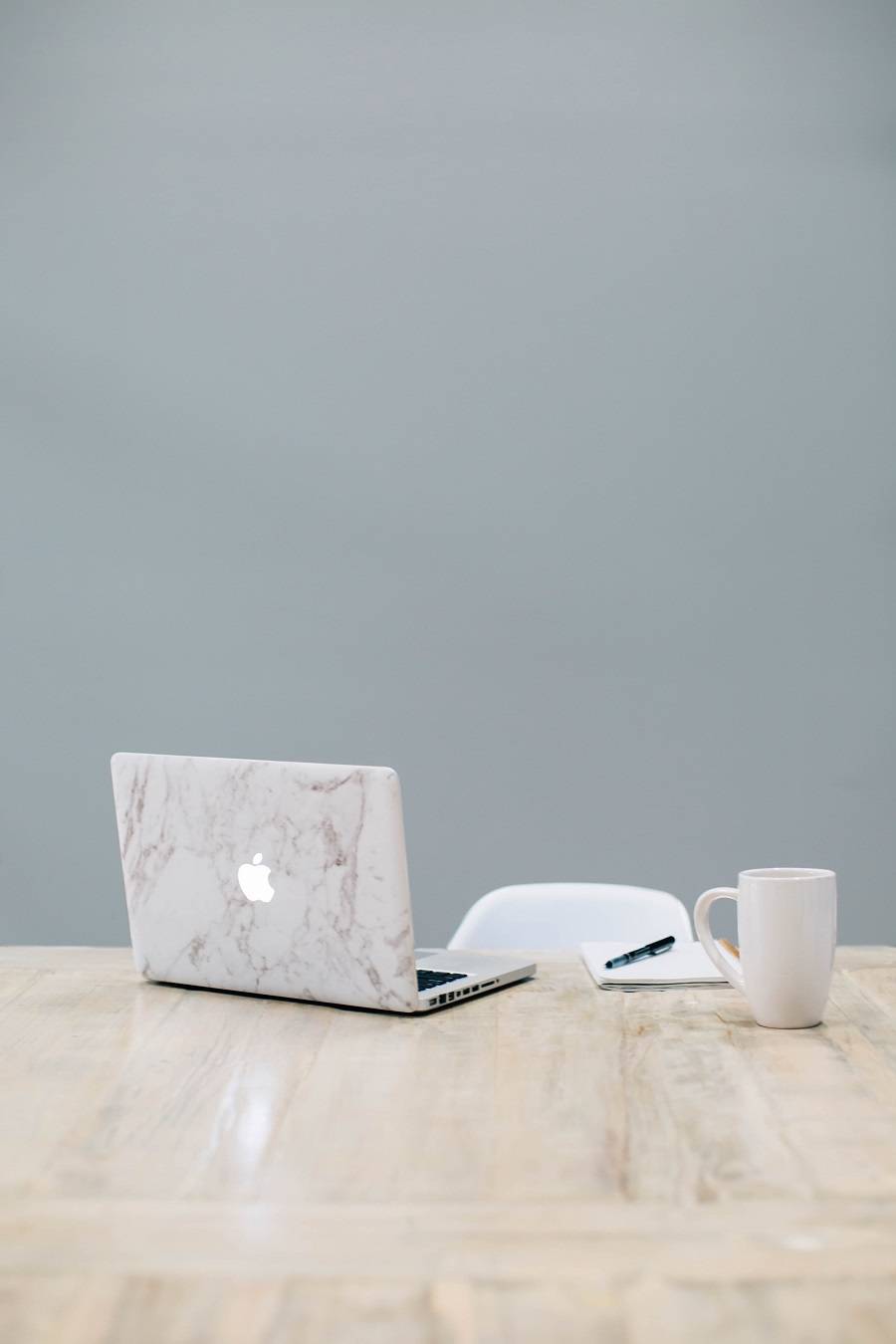Designers are good at many things, and unless you stumble upon a designer who is prolific in the psychic arts, mind reading is not one of them. As much as designers enjoy creative freedom, most crave direction. This is partly because designers have to be creative on demand. They also have to find the subtle balance between the aesthetic, and real, tangible value, in every project they undertake. Day in, day out, the role of a designer is to bring to fruition the ideas in their client’s heads. A daunting task – made even more difficult when presented with a sub-par design brief. So, why is an effective design brief important?
Imagine you’re building an addition to your home. The architect arrives on time and asks for the specifications of the job at hand. “How tall should the walls be?” he asks. “How many doors will you require? Where do they lead?”. “Be creative” is your reply. Weeks later you arrive to find a pool in the middle of your living room. As beautiful as the pool might be, cascading turrets of water and all, this is most definitely not what you wanted – and what’s worse, you now have to suffer through puddles on your sweet new shag carpets. Ashamedly, you admit that this was indeed your own fault, and saunter into the bedroom with muddy feet.
Okay, so this is a relatively extreme example. However, these implications are not far from the truth. When you hand a one-line brief to a designer, not only do they not know what you want, but the assumption is that neither do you. This is why the design brief is such an important and powerful tool, and this tool is only as effective as the person wielding it.
So how do we avoid a living room pool?
Here are the essential ingredients to drawing up the ideal design brief.

Writing a brief
1. Who are you?
Ours is the age of self-reflection – to this end, it is important to remember that perhaps the freelancer you’re hiring has no cooking clue who you are, or what you’re about. This is why it is important to include your company profile and a short corporate identity. Let the designer know what colours fit into your brand image, how you like certain elements to be positioned, and what fonts should be used. This product will, after all, represent you.
2. Be direct
Say you really enjoy flowers. Maybe a lost lover handed you a bouquet of red roses back in the day, and it really left an impression on you, or your office is surrounded by so many that they have now become part of your very being. Whatever the reason, you most certainly want roses on your business card. Say so. Express your ideas. Designers will welcome them with open arms.
3. Keep it simple
No one wants to read through a 12-page document outlining the reasons you chose the colour blue. However, your choice of colour is important. Short and sweet is the way of the brief – but not at the sacrifice of detail. Let the designer know what you want/don’t want, and keep it brief (See what I did there?). This will allow the designer to focus on the task, and afford you the opportunity to concentrate on what you need to do.

Keep it simple
4. Outline your objectives
Perhaps you wish to make your website more user-friendly. Maybe your past flyers simply didn’t appeal to the youth as much as you thought they would. Outlining your objectives, target audience, and aims will give the designer greater insight into how to approach and style the project. This will increase the chances of you receiving exactly what you need, in a shorter amount of time.
5. Provide your assets
There are few things more frustrating to a creative than sitting down to start working, only to find that the logo they’ve been supplied is a minuscule 20 x 20 pixels. Provide the designer with any assets you have: High-resolution logos, images, past iconography and the like. Again, this leads to less time wasted. Time is money, and in the world of the small business owner, one cannot afford to waste either.
6. Establish a rapport
Having a solid rapport with your creative could spell the difference between a product that serves its purpose, and a product that exceeds your expectations. Don’t be afraid to ask your designer questions, and answer theirs in kind. This will allow both of you to feel comfortable through the course of the project, and will undoubtedly result in a better outcome. Have fun with one another and feed off each other’s ideas – this adds tremendous value, not only to the task at hand but to the working relationships that develop as a result.
Establish Rapport
7. Some key questions
Next time you sit down to compile a brief, ask yourself these questions:
- What information/assets/content will the designer need?
- How do I clarify our goals?
- Do they know who we are?
- What are the specifications/dimensions of the final product?
- How urgent is this project?
- If I received this brief, would I know where to begin?
Conclusion
There you have it. A well-written design brief can be the difference between delight and disaster. Make sure you follow these easy steps to ensure both you and your designer are on the same page and remember:
“Content precedes design. Design in the absence of content is not design, it’s decoration.” – Jeffrey Zeldman
Related Articles:
- Disappointed with your prints? Don’t blame the printer just yet.
- Top design websites for non-designers
- 5 Things Your Letterhead Design MUST Include by Law! (Everyone Forgets Number 2)
- 4 Ways to Save Money on Graphic Design (It Doesn’t Have to be Expensive)
- Why Graphic Design is Useless! (Revealed)





